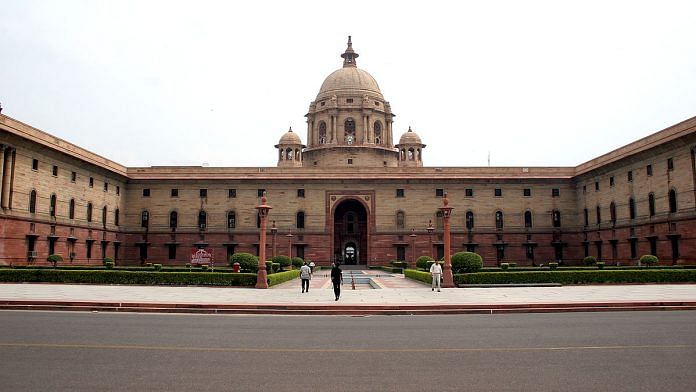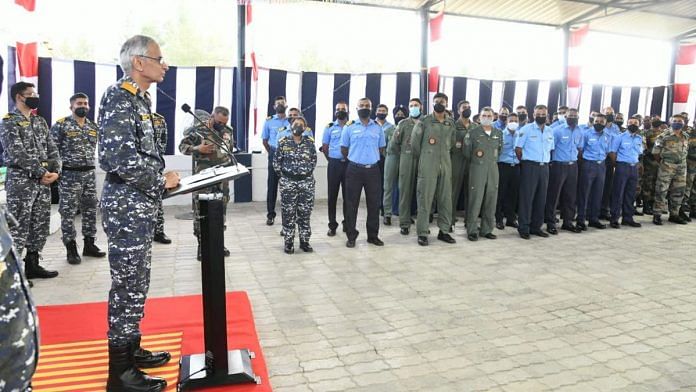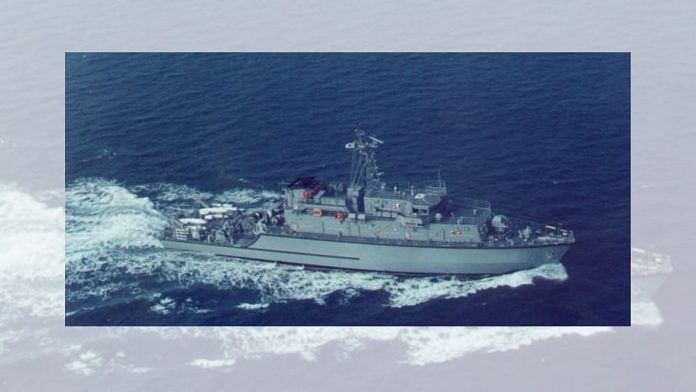Idea for a Deputy Chief (Strategy) came about during the Doklam crisis when it was felt the Army Headquarters needed closer and direct coordination between its verticals.

New Delhi: The Army aims to bring in a more cohesive approach to deal with situations like Doklam and Ladakh and undertake optimal utilisation of key verticals with the creation of a new post of Deputy Chief (Strategy) at its headquarters. It also plans to have strategic communication in play in an era of 5th Generation Warfare with the creation of Director General (Information Warfare).
The two new posts, which are part of the Army Headquarters reforms being carried out, have been approved.
Director General of Military Operations (DGMO) Lt Gen Paramjit Singh Sangha is likely to be the first Deputy Chief (Strategy).
Lt Gen Sangha, who was a key officer involved in the planning and execution of the 2016 surgical strike, has a long experience dealing with operational issues.
According to the plan, Directorate of the Military Operations (MO) and Military Intelligence, besides Operational Logistics (DGOL) and Director General (Information Warfare), will report to the new Deputy Chief (Strategy), sources in the defence and security establishment said.
Earlier, all these directorates reported to the Vice Chief individually. However, under the new set-up, the Deputy Chief will become the single-point advice person to the Vice Chief on operational issues.
Sources explained that there were a number of verticals that used to report to the Vice Chief and final assessment of issues happened at this level.
“Now we will have the new Deputy Chief who will collate all the inputs and then put forward a crystallised assessment and way forward,” a source said.
A second source said this would mean various existing verticals will be optimally utilised.
The sources said despite intelligence being a big factor in any operation or situation, the Military Intelligence was not fully utilised.
“The MO was the more dominant player in the Army’s scheme of things. A sense of competition always exists within any organisation and military is also not immune to it. Hence, it was important to have a cohesive approach to information, intelligence, operations and strategy,” a source said.
The idea for a new post came about during the Doklam crisis when it was felt the Army Headquarters needed closer and direct coordination between its verticals.
Re-organisation of the Army Headquarters was one of the four studies instituted by Chief of Defence Staff Gen Bipin Rawat when he was the Army chief.
The Army already has two deputy chiefs who look after Information Systems and Training, and Planning.
Also read: Leasing crucial military equipment easy way for govt but a tough choice for Indian forces
Lt Gen rank officer to head Information Wing
On the new post of Director General (Information Warfare), who will report to the Deputy Chief (Strategy), sources said it was important to have a common strategy on communication.
Till now, the Army has had three main verticals looking after information warfare. This included the Army PRO who came under the Ministry of Defence, the Information Warfare unit that comes under Military Operations and the Additional Director General (ADG) Public Information (PI), under Military Intelligence.
The ADGPI has now been named ADG (Strat Comm), headed by a Major General rank officer, and will report to the Director General (Information Warfare), which will be headed by a Lieutenant General-rank officer.
Also read: Shut down canteens, relieve sahayaks — here’s how the armed forces can really cut costs























































































































